Yes, the smartphone is changing how we live — and drive.
A new survey reveals an alarming increase in the number of drivers using their smartphone for Web-based activities, including social media, GPS and e-mail.
While drivers continue to be in favor of laws restricting cellphone use while driving, they are still using the devices while behind the wheel, according to the annual study.Highlights from the research show that over the seven years State Farm has surveyed consumers regarding their attitudes and behaviors when it comes to distracted driving, talking on a hand-held cellphones while driving has decreased (65% in 2009 vs. 51% in 2015), texting while driving has stayed nearly the same (31% in 2009 vs. 36% in 2015) and accessing the Internet while driving has more than doubled (13% in 2009 vs. 29% in 2015).
Number and types of distractions on cellphones grow
Smartphone ownership trends are having a big impact of drivers' behaviors. In 2015, 88% of drivers with cellphones own smartphones, and in the past five years, the most dramatic increase in ownership has been among drivers over 40 years of age.
“It’s interesting to observe how the number and types of distractions available on cellphones have grown over the years we have conducted this annual survey,” said Chris Mullen, director of technology research at State Farm. “We want to remind people that despite these and other demands on your attention when driving, please stay 100% focused on your drive.”
Here are nine trends insurance agents should be aware of regarding the use of smartphones by their clients. Will these behaviors have an impact on future Auto insurance claims?
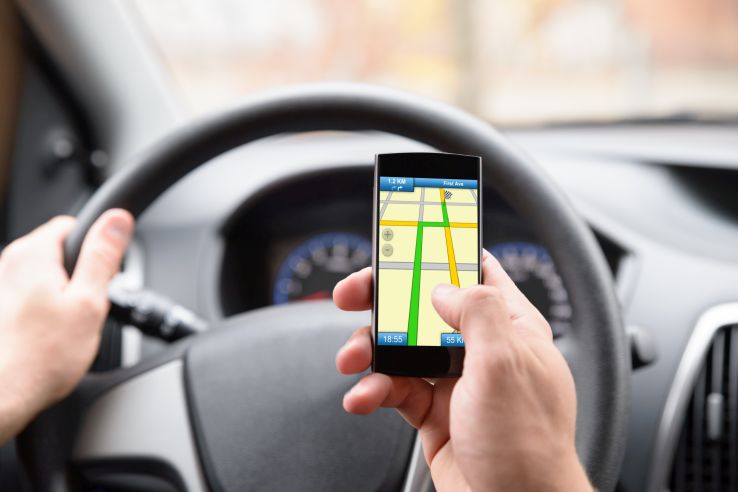
1. Smartphone-related distracted driving behaviors continue to increase.
Many of the cellphone-related distracting behaviors have significantly increased since the inception of State Farm's study in 2009. In 2015, behaviors that continued to increase include:
- Using a hands-free device to talk on a cellphone.
- Listening to and programming a navigation system/GPS.
- Accessing the Internet.
- Using in-car wireless Internet built into a vehicle.
On a more positive note, talking on a hand-held cellphone has continued to decrease in 2015, and is now slightly less common than talking on a hands-free device.

2. New potentially dangerous behaviors are being reported.
In 2015, the State Farm survey revealed even more activities that can take drivers' eyes off the road and hands off the wheel.
- Nearly 2 in 10 drivers reported taking pictures with their cellphone while driving.
- 1 in 10 drivers reported recording video while driving.
- 1 in 4 respondents reported attending to children while driving.
- Over 2 in 10 reported attending to pets.
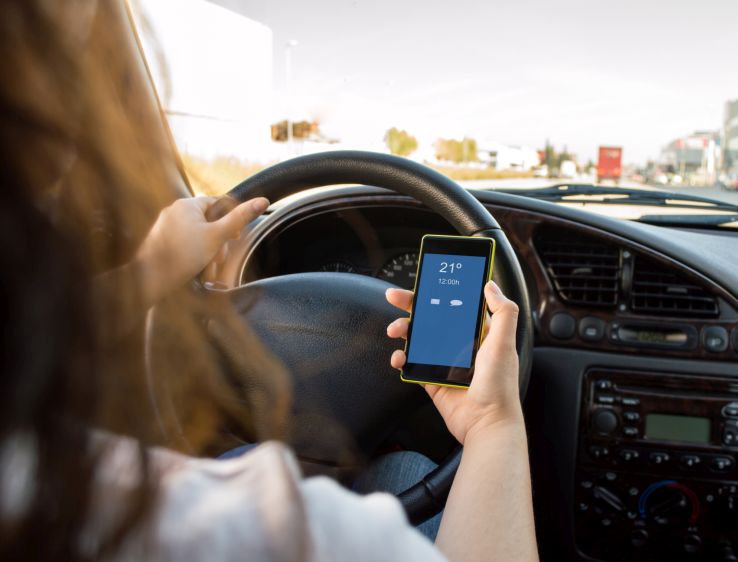
3. Drivers perceive many behaviors as distracting, but they still report participating in them.
- Over 94% of drivers indicated that sending and/or reading text messages was at least somewhat distracting, yet 36% reported text messaging while driving.
- 9 in 10 drivers indicated programming a navigation system was at least somewhat distracting, yet over half reported doing this activity while driving.
- Nearly 3 in 10 respondents reported accessing the Internet while driving despite 95% reporting that the behavior is at least somewhat distracting.
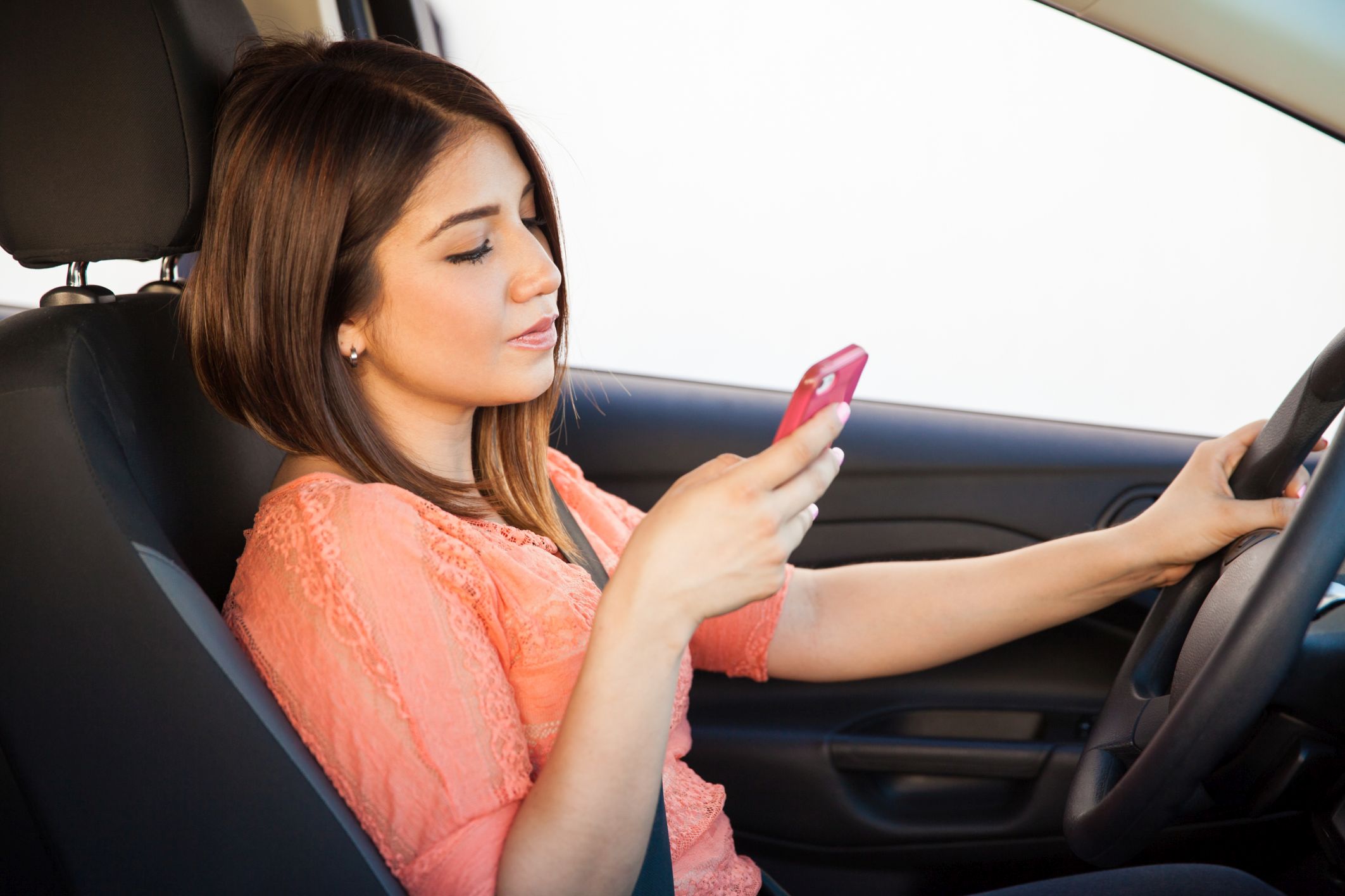
4. Many distracted driving behaviors are more common among younger age groups.
In general, adults younger than 40 years of age are more likely than those 40 and older to report:
- Talking on a hand-held cellphone.
- Texting on a cellphone.
- Listening to and programming a navigation system/GPS.
- Accessing the Internet.
- Reading/responding to e-mail.
- Reading/updating social media.
Those 18-29 year-olds are more likely than those 40 and older to report:
- Taking pictures.
- Recording video.
- Using voice-command technology.
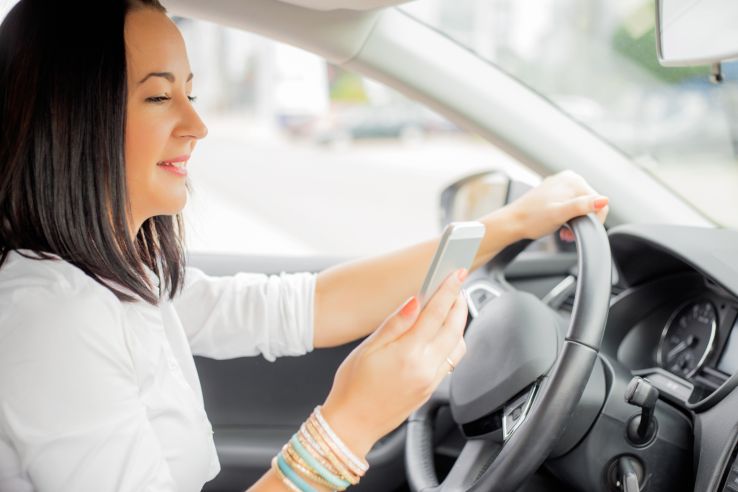
5. A few distracted driving behaviors are more common among those living in metro areas.
Drivers living in a large metropolitan area with over one million people were more likely than those living in a rural or small town with less than 75,000 people to report doing the following while driving:
- Programming a GPS (57% vs. 44%).
- Reading e-mail (27% vs. 16%).
- Responding to e-mail (22% vs. 13%).
City drivers may be more likely to participate in these behaviors than rural drivers due to the effects of the driving situation — being stopped at red lights tends to increase these types of behaviors, especially for city drivers, according to State Farm's study.
It makes sense that metro-area drivers may also be more likely than rural drivers to have a need to program a GPS given more complex directions and the desire for routes that avoid traffic.
6. Smartphone ownership continues to increase.
Among all drivers with a cellphone, the percentage of respondents who reported owning a smartphone has significantly increased every year since 2011. This increase in ownership enables more drivers to take part in smartphone-related distracted driving, which can at least partly explain the observed increases in these behaviors.
For each age group, smartphone ownership has significantly increased since 2013. Nearly all adults under 40 years of age reported having a smartphone in 2015. Nearly 70% of those 65 or older have a smartphone, an increase of 30 percentage points since 2013.
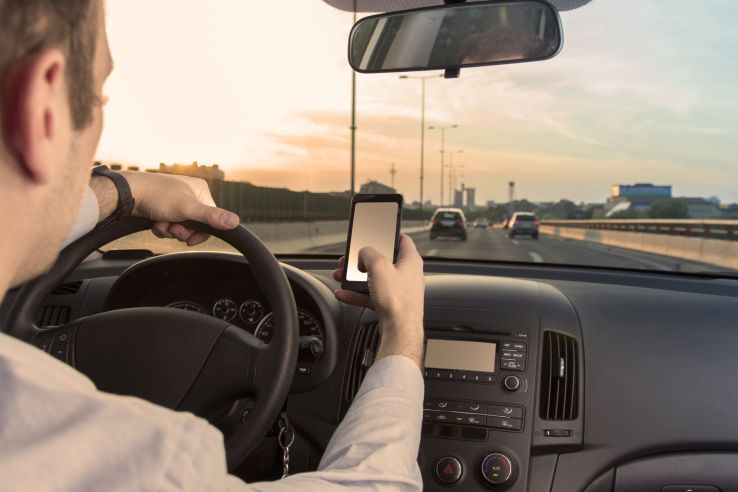
7. The driving situation plays a role in drivers' decisions.
Driving situations can play an important role in drivers’ decisions to participate in cellphone-related distracted driving behaviors that involve looking at the cellphone and interacting with the screen and/or buttons.
- 62% of drivers who use their cellphone while driving reported that being stopped at a red light makes them more likely to use their cellphone compared to when the vehicle is in motion.
- Over a quarter of respondents reported being more likely to use their cellphone when driving on an open highway/interstate compared to other types of roads and traffic conditions.

New York Gov. Andrew Cuomo speaks during a news conference to announce the increase in penalties for texting while driving Friday, May 31, 2013, in New York. (Photo: Frank Franklin II/AP Photo)
8. Drivers generally support laws governing the use of cellphone while driving.
Respondents generally support laws governing the use of cellphones while driving, but over half feel that these laws are infrequently enforced.
Imprisonment and license suspension/revocation were the most commonly selected responses as the appropriate penalty for a driver that caused injury or death resulting from a crash while using a cellphone.
Over half of respondents thought that imprisonment was the most appropriate penalty for a cellphone-related crash that results in death. License suspension/revocation was selected by nearly one-third of respondents as the most appropriate penalty for a crash resulting in an injury.
Eighty-four percent of respondents are supportive of laws for prohibiting cellphone use that requires physically interacting with the cellphone, and 61% are supportive of laws prohibiting the use of the cellphone for any activity (including hands-free talking).
Drivers are slightly less supportive of technology that prohibits cellphone use than laws, with 64% supporting technology for prohibiting text messaging and less than half (45%) supporting technology that would prohibit making/receiving calls.
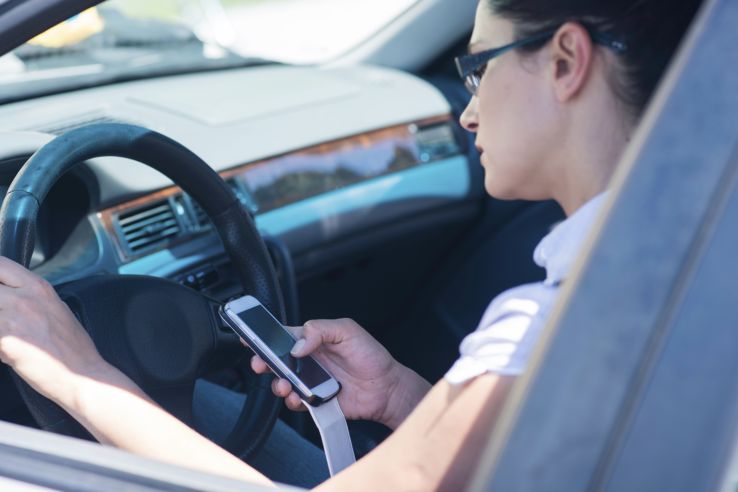
9. What would stop drivers from texting behind the wheel?
Drivers were asked what would stop them from using their phone behind the wheel. Their top answers:
-
- Causing a crash.
- Financial or legal consequences.
- Being caught by police.
Roughly 2 in 10 drivers reported reading texts frequently or sometimes while driving, whereas 14% respond to texts at these frequencies while driving. Respondents were also asked, what, if anything, would most likely deter them from reading or responding to text massages while driving. Here's their responses:
- 48%: Causing a crash.
- 42%: Financial and/or legal consequences (e.g. fine, losing license, jail time, insurance cost increase, etc.).
- 36%: Getting caught by police.
- 30%: Wanting to drive as safely as possible and being a good role model for others.
- 22%: Knowing someone who causes a crash while reading/responding to a text message.
- 18%: Employer penalty if caught reading/responding to a text message while driving for business purposes.
- 17%: Hearing/seeing a sad story about a crash resulting from driving while reading/responding to a text message.
- 13%: A law is a deterrent.
- 10%: Having a family member tell me to stop reading/responding to text messages while driving.
Read the original article here: http://www.propertycasualty360.com/2015/12/28/9-smartphone-distracted-driving-trends-insurance-a?eNL=5685ca52150ba003440000a4&utm_source=PC360_Weekender&utm_medium=EMC-Email_editorial&utm_campaign=01032016&_LID=163209861&page_all=1
Posted Tuesday, January 05 2016 10:48 AM
Tags : Auto
|